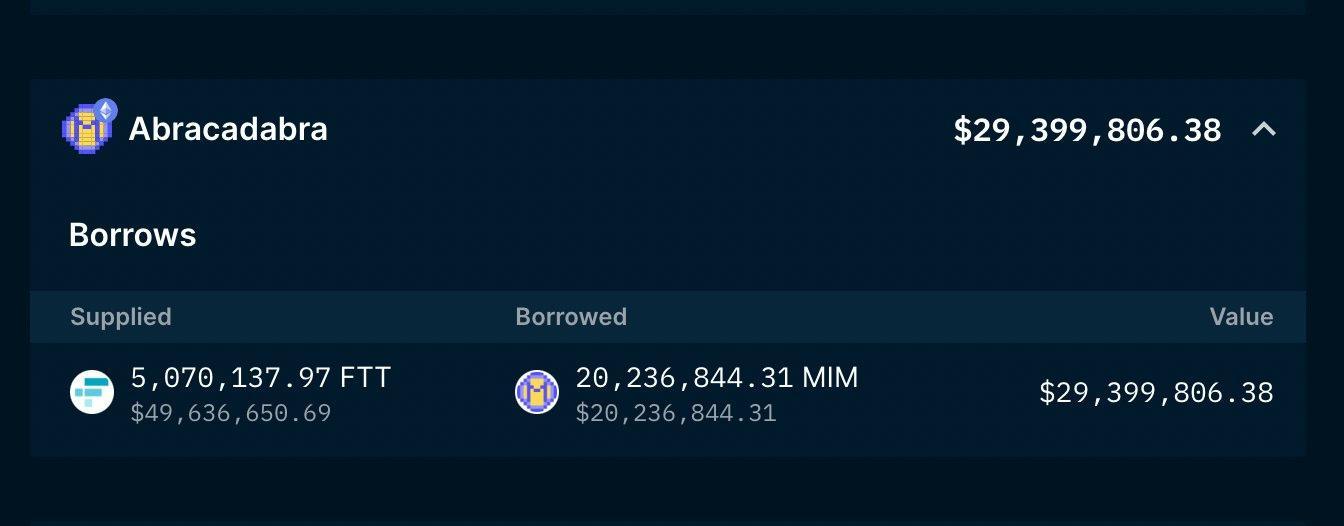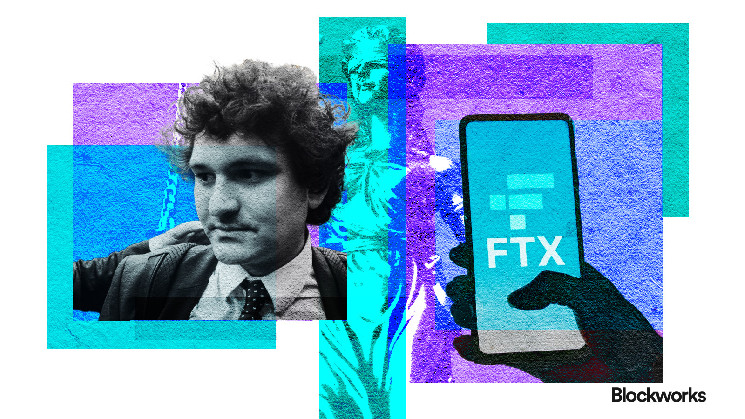This is a phase from the 0xResearch publication. To learn full editions, subscribe.
Today marks two years since the eventful day FTX filed for chapter. Sam Bankman-Fried is in jail for 25 years, Ryan Salame likewise for 7.5 years, Caroline Ellison simply commenced a two-year jail time period and the FTX chapter property is making progress.
Though the story was extensively publicized throughout mainstream media as a colossal failure of crypto writ giant, that was by no means really true. The particular areas of failure in the FTX debacle have been the truth is the sorts of centralized establishments that cryptocurrency was designed to upend.
Recall the commingling of funds — about $14.6 billion of FTX’s native FTT token — between FTX and its buying and selling arm, Alameda Research. When the worth of FTT plummeted, Alameda’s loans that have been borrowed towards FTT successfully fell underwater.
At the identical time, Alameda additionally held an excellent mortgage of 20 million MIM (the stablecoin of Abracadabra protocol) towards $5 million FTT.

Source: Abracadabra
Alameda totally paid that debt as FTT cratered on Nov. 9 — two days earlier than FTX filed chapter — to keep away from computerized good contract liquidations. In sum, DeFi labored.
Today, Abracadabra appears to be just about useless. Its MIM stablecoin nonetheless has a market cap of about $44 million, however hasn’t seen any progress since FTX’s collapse.
Abracadabra’s founder, the notorious Daniele Sesta, has apparently moved on from his as soon as common “Frog Nation” cult to…memecoins on the Sonic (beforehand Fantom) chain. The Abracadabra-affiliated undertaking Wonderland, which at one level handed greater than $2 billion in TVL, was additionally stealth-rebranded right into a lending protocol, Volta, in late 2023. The transfer occurred after the undertaking was scandalized with information that its pseudonymous treasury supervisor turned out to be Michael Patryn, the beforehand convicted co-founder of the failed Canadian crypto exchange QuadrigaCX.
Today, Abracadabra and Wonderland have turned out to be simply one other collection of ghost initiatives in the ethereal graveyard of crypto’s historical past.
When FTX collapsed, there have been considerations that Binance would successfully monopolize the centralized crypto exchange market. At that point, its BUSD stablecoin was the third largest, and BNB Chain was additionally the second largest L1 by TVL.
Today, Binance retains its place as the largest world cryptocurrency exchange, however fears of a “monopoly” haven’t come to cross.
The BUSD stablecoin was deprecated after the New York Department of Financial Services (NYDFS) ordered its closure in February 2023. Binance then switched to slightly identified stablecoin, FDUSD, for stablecoin liquidity on its exchange, which has seen progress from $350 million to about $2.3 billion at present.
As for BNB Chain, it’s nonetheless fourth by TVL, overtaken solely by Solana’s meteoric rise in the previous yr.
Under FTX Ventures, SBF was additionally a significant investor in dozens of crypto initiatives. Some of those included LayerZero, Yuga Labs, Near, in addition to MoveVM chains like Aptos and Sui — whose mainnets weren’t but launched — and naturally, Solana.
FTX’s giant token holdings forged a looming shadow over the future of those initiatives. Today, most of those initiatives appear to be doing simply high-quality.
Finally, a post-FTX crypto business shortly consolidated round the commonplace of “proof of reserves” at least safety commonplace for centralized crypto product choices, as seen in newer efforts like Coinbase’s cbBTC or Kraken’s annual audits.
The failure of FTX undoubtedly set the business again. But two years out, it looks like crypto has no less than realized a number of classes.









